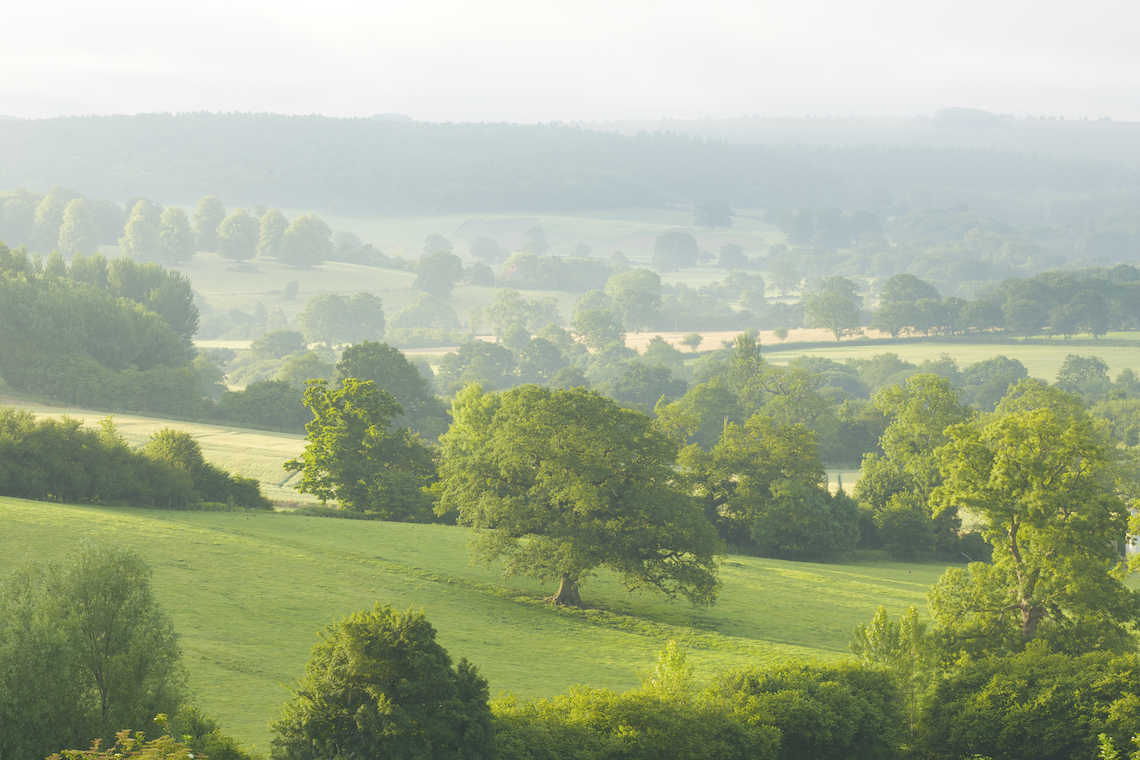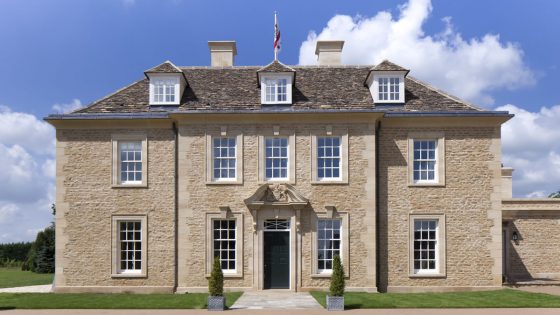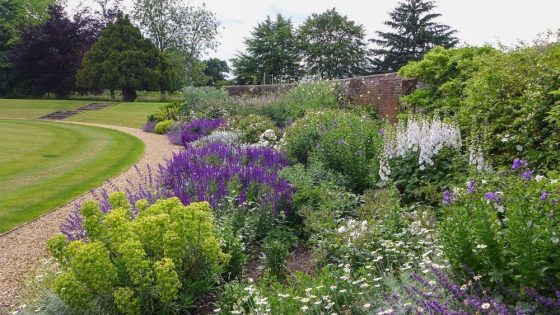There are a number of subsidies available for agricultural land. It’s worth factoring these into the financial equation when you are looking at a country estate.
Help is at hand.
These are some of the subsidies that are available, dependent on key conditions being met.
Basic Payment Scheme
BPS is the principal agricultural subsidy scheme in the European Union. However, with the United Kingdom’s exit from the EU, the government is reassessing subsidy payments for agriculture in the UK. Defra has confirmed its intention to phase out BPS payments over the seven year-period from 2021-2027. All claims will be reduced by 50% by at least 2024, reducing to zero by 2027.
Lump Sum Exit
Defra have announced a ‘lump sum exit scheme’ for farmers in lieu of the remainder of their expected direct payments in the agricultural transition period. BPS applicants who wish to leave farming can apply between April and September 2022 and requires farmers to surrender their BPS entitlements and either sell their land, transfer it by gift or rent it out.
Countryside Stewardship Scheme (CSS)
This scheme requires the landowner to undertake a variety of environmentally-beneficial actions upon eligible land. The schemes are split between ‘mid-tier’ and ‘higher-tier’.
Mid-Tier CSS
This tier provides a range of options and capital items that together help to deliver a broad range of environmental benefits. There are four ‘Wildlife Offers’ available that seek to support the wildlife on farms and are intended to be a more straightforward application than a full mid-tier agreement. Between 3-5% of the land entered into the scheme must be included in a stewardship option.
Higher-Tier CSS
This tier is designed for land that requires more complex management tailored to the individual site. The main priority is to protect and enhance the biodiversity and improve habitat, water quality and air quality, whilst also expanding woodland areas. Between 5-10% of the eligible land must be included in a stewardship option.
Additional Support
Support for agriculture is intended to be facilitated through a range of smaller schemes and subsidies going forward including:
- A new-entrants support scheme
- Subsidies aimed to improve and maintain farm productivity
- Support for those farming in ‘protected landscapes’ such as National Parks and AONBs during the transition period
- Introduction of a Tree Health Pilot aimed to inform development of a new forestry grant scheme
- Support and funding available under the competitive England Woodland Creation Offer, to plant trees on land which is not currently classed as woodland
These are all intended to complement the new Environmental Land Management Scheme and provide support to the agricultural industry as BPS is phased out. New information is becoming regularly available.
Future Environmental Schemes
Future payments may be provided by the Environmental Land Management Scheme (ELMS) which is intended to reward farmers who deliver on a set of environmental goals. There are three new schemes:
- Sustainable Farming Incentive (SFI) – similar to current CSS and farm based
- Local Nature Recovery – requires collaboration between farmers
- Landscape Recovery – targeting large land holdings and farm cluster groups
These schemes are intended to support the rural economy while achieving the goals of the government’s 25-year environment plan and a commitment to net zero emissions by 2050. The SFI is being introduced first, being the ‘main scheme’ and will open for applications in spring 2022. The SFI will have a staged introduction from 2022 – 2024 and will initially focus on:
- Arable and Horticultural Soils Standard
- Improved Grassland Soils Standard
- Moorland and Rough Grazing Standard
- Annual Health and Welfare Review
The schemes are due to begin piloting in 2022 with a full start date in 2024, with more Standards being incorporated during this time. Payment rates are currently similar to the CSS but are yet to be finalised. More details on all incoming schemes are expected over the course of 2022.
There are also several capital grants available for woodland and hedgerow planting and ongoing management, fencing and certain agricultural building activities. Grants relate to the size of the individual project.
Middleton advice.
Don’t forget that subsidies are still available.
With special thanks to Andrew Bays, BCM
Advice papers Middleton Advice is a series of top-level answers to questions that are often raised over the course of our client relationships.
It’s important to note that you should not proceed with any investment decision on the basis of the advice contained in these papers without further consultation with Middleton or other professional advisors. Information accurate at publication date of December 2021







